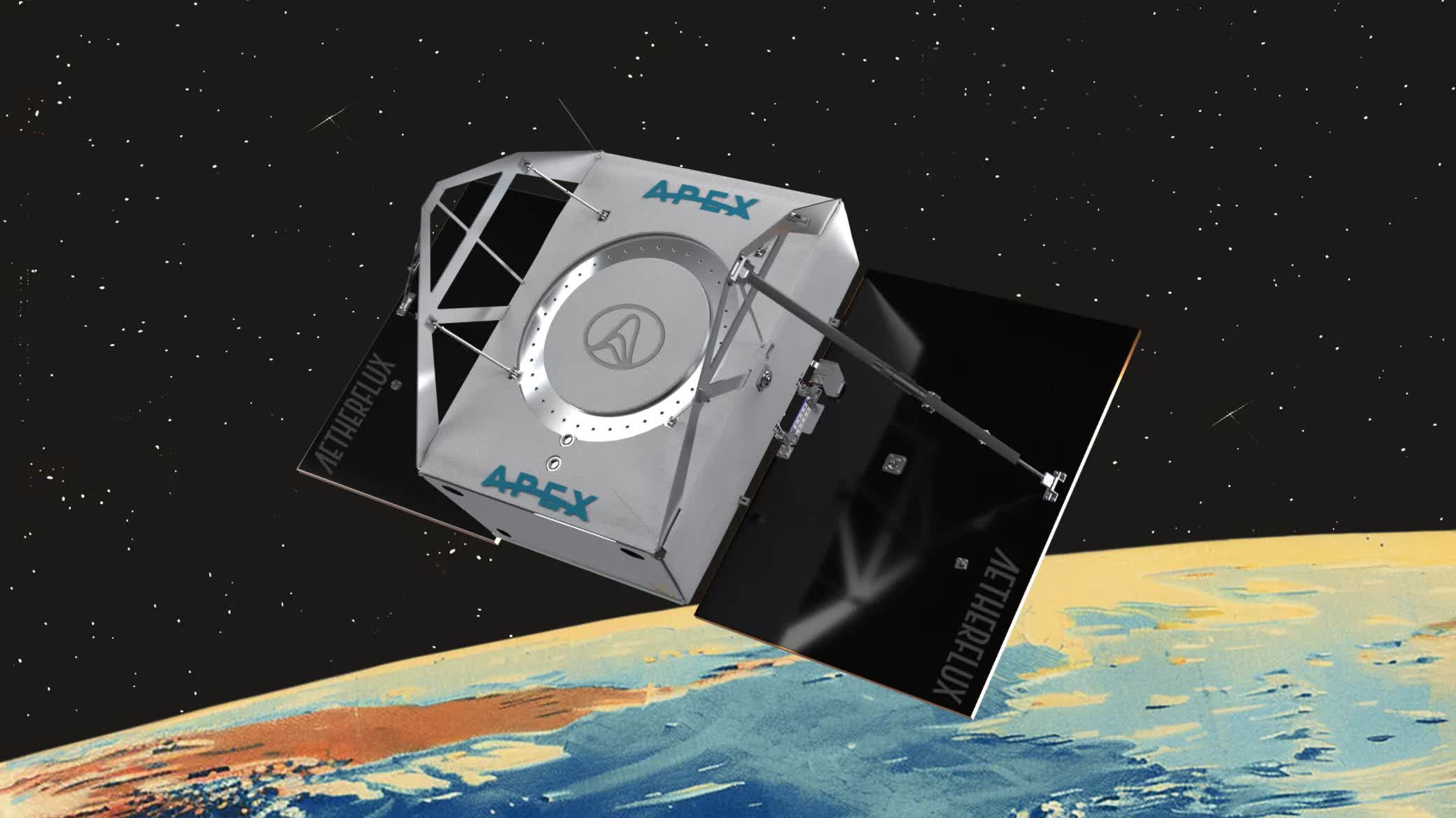In a nutshell: The European Space Agency spent years studying space-based solar power as a potential solution for meeting one-third of the country's energy needs. Sunlight, on average, is more than 10 times as intense at the top of the atmosphere as it is at the Earth's surface. Their analysis indicated that implementing this solution would require infrastructure costing hundreds of billions of dollars, primarily in the form of geostationary satellites positioned 36,000 km above the Earth.
The daunting technical and financial hurdles have led many to dismiss the concept as a super-cool sci-fi dream that could never actually work in the real world. However, one entrepreneur believes he has cracked the code to make space-based solar power affordable and practical in the near future.
His name is Baiju Bhatt, the co-founder of the Robinhood trading app. After stepping back from his CEO role there in 2020, Bhatt launched a new startup called Aetherflux, which aims to beam solar power down from space within about a year.
Bhatt's approach sidesteps the extremely costly steps of building a massive constellation of satellites. Instead, Aetherflux is starting small with just a single satellite positioned about 500 km up in low-earth orbit.
"If we succeed, we unlock a renewable energy source for humanity that can be delivered virtually anywhere," Bhatt wrote in a LinkedIn post launching his new venture.

The plan is to launch a "kilowatt-class" solar-powered spacecraft in the next 12 to 15 months that can transmit infrared laser beams carrying solar energy down to a 10-meter ground receiver. While it won't provide much power at first, the key goals are to prove that the system works safely and efficiently.
If the demonstration is successful, Aetherflux plans to follow up with increasingly larger constellations of low-Earth orbit satellites that can collectively provide continuous, clean power on a more meaningful scale. Initially, this renewable energy stream could supply remote areas without reliable grids, such as disaster zones, mining operations, and military bases.
However, the real long-term potential lies in using space-based solar power as a baseload power source to supplement renewable sources like wind and terrestrial solar farms.
Of course, many technological and financial hurdles remain. Aetherflux has self-funded the company in the "ten-millionish range" so far, but much larger investments will be needed to scale up. There are also environmental concerns about the potential impacts of high-powered laser beams constantly passing through Earth's atmosphere, as well as the possibility of exacerbating the light pollution problem troubling astronomers around the world.
Hopefully, the benefits of this new clean energy will outweigh any potential drawbacks.
It's worth mentioning that Aetherflux isn't alone in the idea of beaming solar energy (or sunlight) to the Earth's surface via satellites. Another startup, Reflect Orbital, has recently proposed a more direct approach: bouncing sunlight onto solar farms using a constellation of small mirrored satellites.
